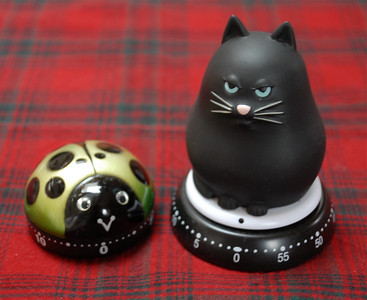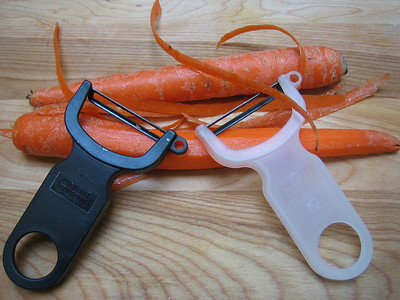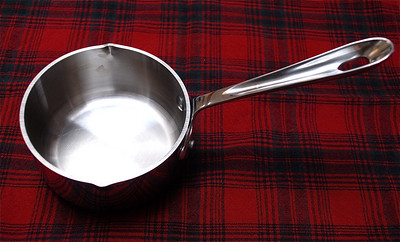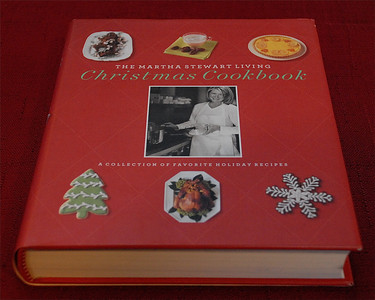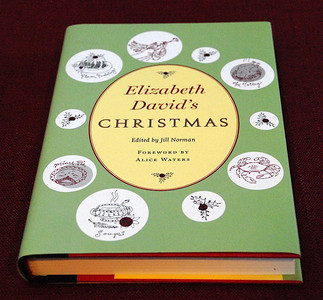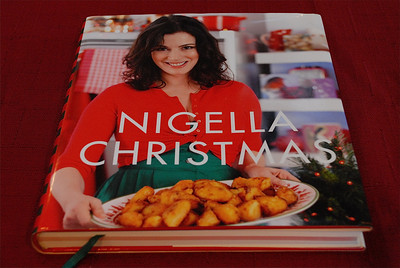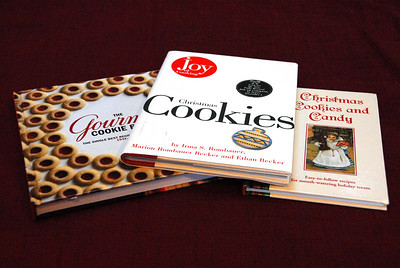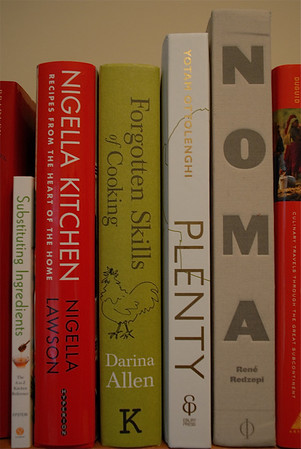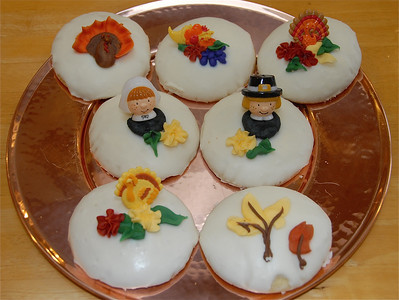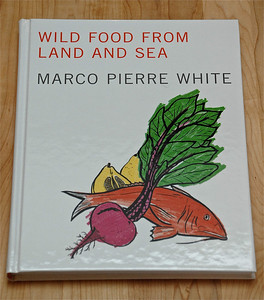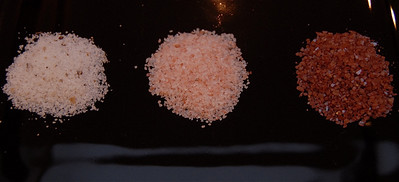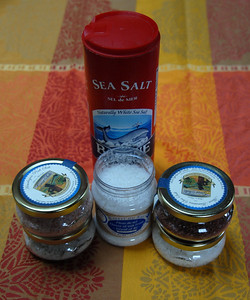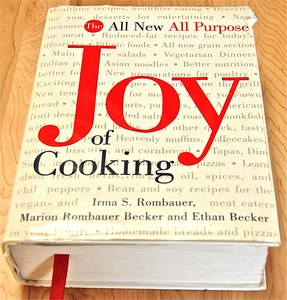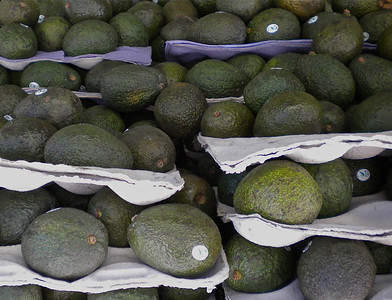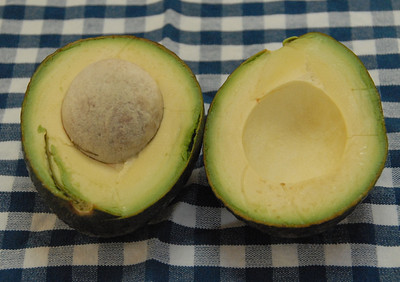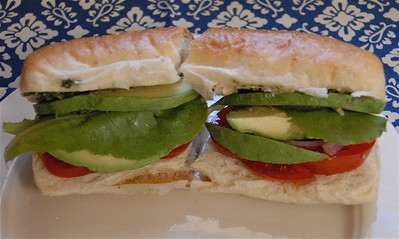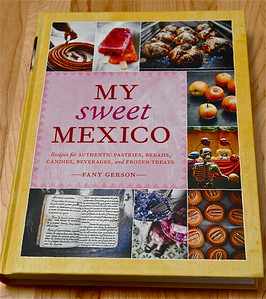Sometimes it feels as though I’ve spent a lifetime rooting around jam-packed stores, searching for, but never finding, the perfect holiday gift. That’s why I’ve started giving edible presents. Who can resist a basket filled with tea, coffee, candies, cakes and breads or bottles of local wine, liqueurs and infused oils? In my case, no one. Whether homemade or store-bought, gourmet edibles satisfy everyone on my shopping list.
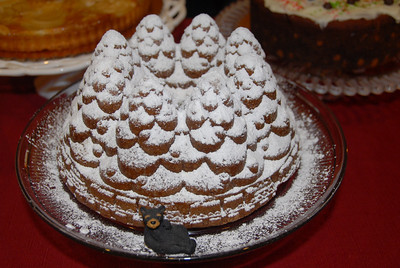
Giving food is not a novel idea. During the Viking Age the Norse god Odin traveled across the cold winter landscape with his reindeer to deliver fruit and corn. Centuries later Saint Nicholas took over Odin’s route and filled European children’s shoes with sweets. In Colonial times old Saint Nick brought American youth cakes and fruits while they in turn left out hay and carrots for his faithful white horse.
As a little girl, I often heard tales of how my uncle and mother would bound down the stairs on Christmas morning to find their stockings bulging with oranges, whole walnuts and penny candy. The oranges were a particular thrill as many children of the 1940’s encountered fresh citrus only at Christmas. While I don’t stuff stockings with fruit, I do now send crates of Bartlett pears, clementines and pomegranates to faraway friends.
With any edible present I try to keep the item personal as well as locally produced. For savory foods fans I toast almonds, hazelnuts, cashews and pecans and then season them with dark brown sugar, cayenne pepper and a pinch of sea salt. Spooned into sleek, rectangular, silver tins, the spicy nuts make a sexy stocking stuffer or gift basket ingredient.

With candy consumers I share my maternal family’s customary Christmas sweets: hand-rolled chocolate truffles, which are a traditional yuletide confection in France, and walnut-topped divinity. Since we all consume pounds of cookies during this season, I tend not to dole them out as gifts. However, I will sometimes slip in a box of homemade kourambiedes, tuiles or meringue wreaths, confections that you usually don’t encounter on a Christmas cookie tray.
For loved ones who dislike cooking or don’t have time to make much beyond spaghetti, I offer jars of vegetarian chili, black bean soup and minestrone. Easy to make, these hearty soups are even simpler to re-create. To enjoy a hot, homemade meal, just twist off the container’s top, pour the contents into a pan, heat and eat. Perfect present for time-pressed or kitchen-phobic family and friends. (Note: If you opt to give homemade soups, consult a canning cookbook, such as “Ball Complete Book of Home Preserving,” first. The last thing that you want to give is food poisoning.)
Have wine and spirits enthusiasts on your list? The oenophiles in my life get local wines or my husband’s home-brewed Cabernet Sauvignon. Liqueur fans receive my raspberry-infused vodka or limoncello. Guaranteed to please, these gifts keep on giving throughout the year.
DIVINITY CANDY
Makes 16 pieces
2 cups firmly packed light brown sugar
1 cup granulated sugar
1 cup water
1/2 teaspoon salt
2 egg whites
3/4 teaspoon vanilla extract
1/4 cup chopped walnuts
Special equipment – candy thermometer
Grease an 8 x 8-inch pan then set aside.
Place the sugars, water and salt in a large, non-stick saucepan and cook on medium-high, stirring periodically, until the sugar has dissolved. Reduce the heat to medium and continue cooking until the syrup reaches 265 degrees Fahrenheit on a candy thermometer and has thickened.
Meanwhile, beat the egg whites until stiff peaks form. With the beaters running, slowly add the syrup to the egg whites. Beat on high until creamy. Add the vanilla and continue beating until the mixture holds its shape when dropped from a spoon.
Spread the candy into the prepared pan. Sprinkle nuts over the top and allow the divinity to cool. When it has cooled completely, cut the divinity into small squares and wrap the squares individually in waxed paper.
CHOCOLATE RASPBERRY TRUFFLES
Makes 25-30 truffles
1/2 cup heavy whipping cream
9 ounces semi-sweet chocolate chips
1 tablespoon plus 1/2 teaspoon raspberry liqueur
1/3 cup almonds, without shells or skins
1/2 teaspoon granulated sugar
Place the cream in a small saucepan and bring to a boil. Meanwhile, put the chocolate chips in a medium-sized bowl.
Once the cream has begun to boil, pour it over the chips. Stir the two together until the chips have melted and the ganache is smooth and creamy in texture. Add the raspberry liqueur to the ganache and stir until well combined. Cover the bowl with plastic wrap and refrigerate for 3 hours.
In a frying pan, toast the almonds until they become a light, golden brown. Place the almonds and sugar in the bowl of a food processor and pulse until the almonds are finely chopped. Pour the almonds into a small bowl and set aside.
Remove the bowl of ganache from the refrigerator and uncover. Using a melon baller, scoop out a portion of the chocolate. Roll it between the palms of your hands, forming a well-shaped ball. Drop the truffle into the bowl of chopped almonds and roll it around until it is completely covered with nuts. Place the truffle on a baking sheet or in a container lined with waxed or parchment paper. Repeat the ball forming and coating steps until all the truffles have been made. Refrigerate the batch until ready to use.
Note: Placed in an air-tight container and refrigerated, truffles can keep between 2 to 3 weeks. Frozen, they last for around 2 months.
KOURAMBIEDES
Recipe courtesy of Vasiliki Kolovos
Makes 4 dozen
Whenever I see these powdered sugar-blanketed, crescent-shaped cookies, I think of Christmas in my hometown and all the wonderful kourambiedes that my friend Nickie’s mom would bake. Lucky for me (and you), Mrs. Kolovos has shared her recipe for these heavenly Greek sweets.
½ pound unsalted butter, room temperature, plus more for greasing baking sheets
¼ cup sugar
1 egg yolk
½ teaspoon vanilla
2½ tablespoons ouzo (anise-flavored liqueur)
About 2 cups flour, sifted, divided
½ teaspoon baking powder
Confectioners’ sugar
Grease two baking sheets and set aside.
Using an electric mixer, beat ½ pound butter until light and fluffy. Add sugar and egg yolk and continue beating until well blended. Add vanilla and ouzo and beat until combined.
Mix 1 cup flour with baking powder and add to butter mixture. Add about another 1 cup flour, a little at a time. (Depending on temperature conditions, you may need a little more or less flour to make a dough that is supple but not sticky.)
Place dough on a flat, flour-dusted work surface and roll out ½-inch thick. To make crescent shaped cookies, use either a crescent-shaped cookie cutter or the lip of a water glass. If using a glass, place roughly half of lip onto dough and press downward. Repeat to create the crescent shape. Alternatively, use the glass to make circles or with your hands roll dough into small balls.
Put cookies 1 inch apart on greased baking sheets and bake in preheated 350-degree oven for 15 to 20 minutes, or until tops are light brown. Cool for 5 minutes, then remove from sheets, place on cooling rack and generously sift confectioners’ sugar over.
RASPBERRY VODKA
Adapted from Marcus Samuelsson’s “Aquavit” (Houghton Mifflin Harcourt, 2003)
Makes 1 quart
For the liqueur:
1 cup organic raspberries, washed
1 1-liter bottle of vodka
2 to 3 tablespoons simple syrup
For the simple syrup:
1/2 cup water
1/2 cup sugar
Place the raspberries in a large, wide-mouthed, lidded jar. Pour in the vodka and seal the jar. Let the ingredients stand at room temperature for 4 to 8 weeks. When ready, the vodka will have turned ruby red and possess a deep, raspberry taste.
To make the simple syrup, place 1/2 cup water and 1/2 cup sugar in a saucepan and bring to a boil. Lower the heat to a simmer and, stirring, cook until the sugar has evaporated. Remove the pan from the heat and cool to room temperature. You will end up with roughly 1/2 cup simple syrup. This can be stored, covered, in the refrigerator for about 1 month and can be used to flavor cold and hot drinks, among other things.
Strain the vodka into a pitcher or bowl and stir in the simple syrup. Transfer the infused vodka to a 1-liter bottle and seal it. Store in the freezer or refrigerator until ready to use.
